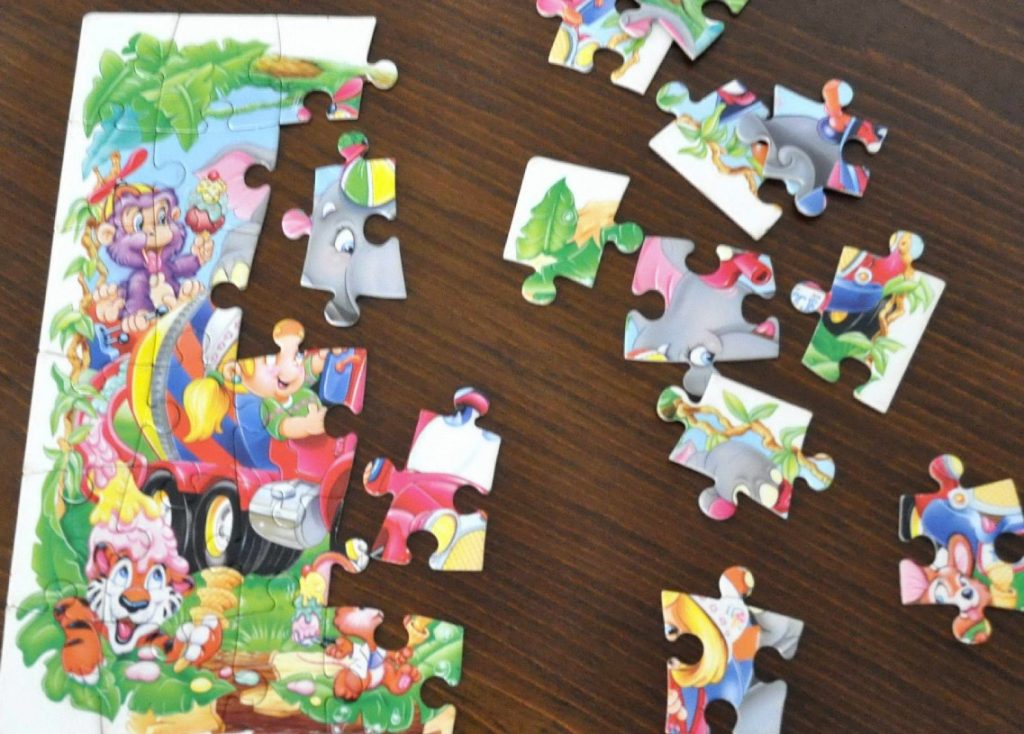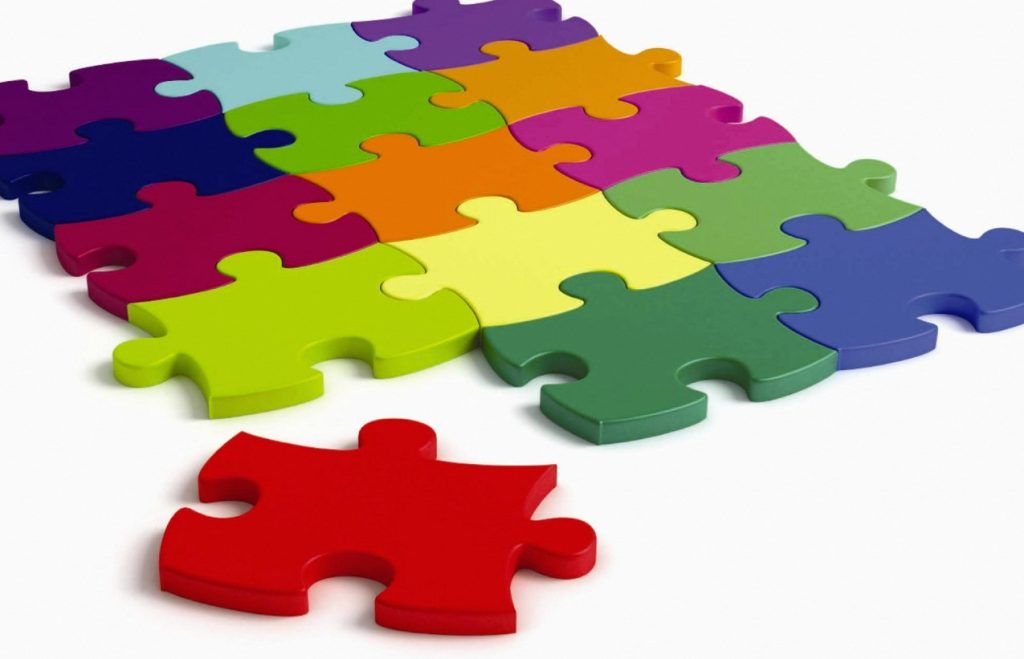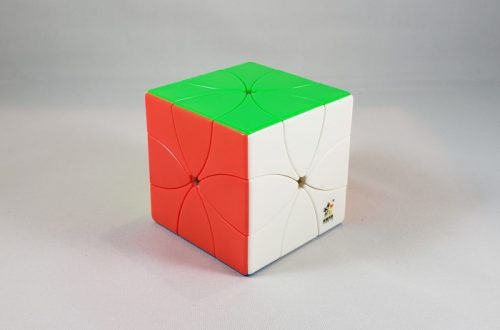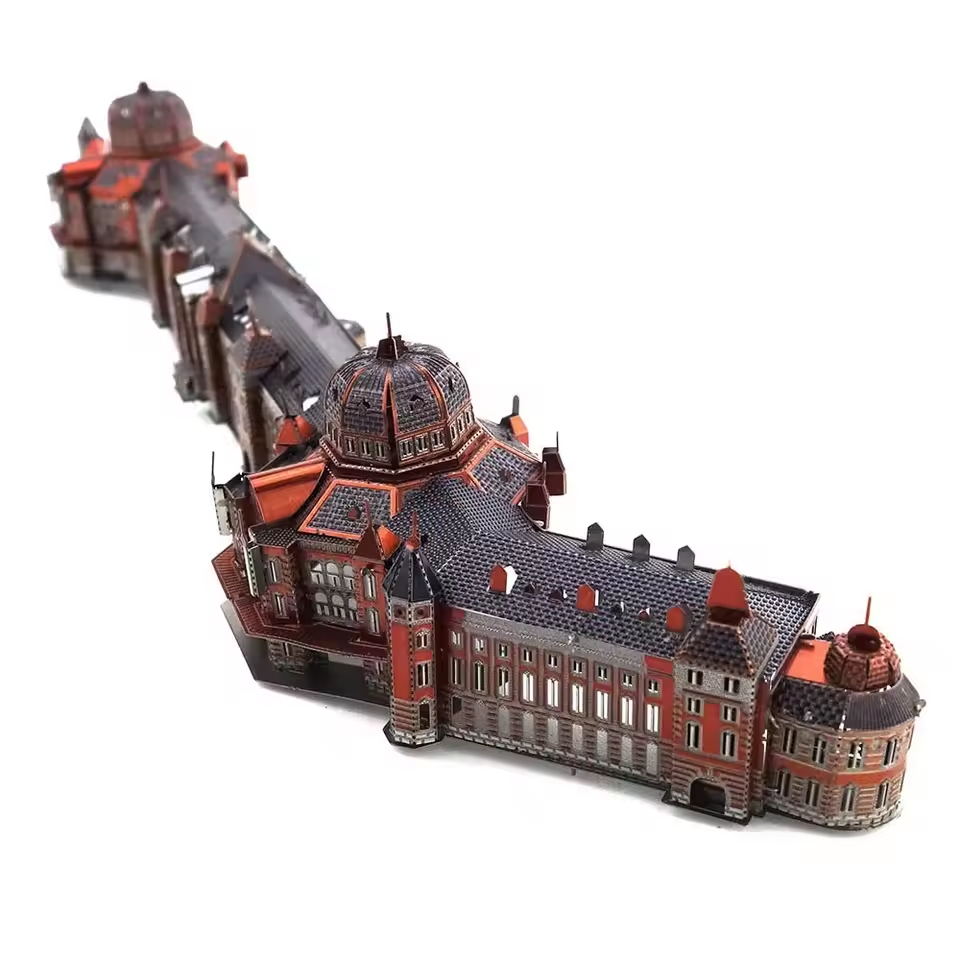Part 1: Importance of Proper Puzzle Storage
Preserving Puzzle Integrity:
Puzzle games and crafts are both enjoyable and intellectually stimulating activities that can be enjoyed by people of all ages. Properly storing puzzles is crucial for maintaining their integrity and preventing potential damage. If puzzles are not stored correctly, they are at risk of becoming misshapen and potentially losing pieces. Improper storage could also lead to the deterioration of the overall quality of the puzzles over time. Factors such as exposure to moisture, excessive heat, or inadequate support when stacked can all contribute to the degradation of puzzle quality. Ensuring that enthusiasts store puzzles in a secure and appropriate manner can help protect their investment, maintain the puzzles’ structural integrity, and preserve their visual appeal for future enjoyment. Overall, prioritizing the proper storage of puzzles is essential for safeguarding their condition and ensuring they remain in optimal shape for ongoing use and appreciation.

Space Management:
Effective puzzle storage not only preserves the condition of the puzzles but also optimizes the use of space. By storing puzzles properly, individuals can keep their living or working areas organized and free from clutter. This is especially valuable for avid puzzle enthusiasts who have a diverse collection of puzzles with varying sizes and piece counts. Implementing efficient storage solutions, such as puzzle trays, storage boards, or sealable bags, can help maintain an organized and visually appealing space, making it easier to access and enjoy the puzzles. Furthermore, organized storage can contribute to a more efficient and functional environment, allowing enthusiasts to manage their puzzle collection more effectively while creating an inviting and aesthetically pleasing space for leisure and recreation. Ultimately, effective puzzle storage not only protects the puzzles but also enhances the overall ambiance and functionality of the surrounding space.
Part 2: Tips for Storing Puzzles
Use of Puzzle Storage Trays or Boards:
Puzzle storage trays or boards are invaluable tools for maintaining the organization and safety of puzzle pieces. Their practical design allows individuals to easily move and store partially completed puzzles without disrupting the arrangement of the pieces. These trays come in a range of sizes, catering to different puzzle dimensions, and can be stacked to conserve space, offering a convenient storage solution for those with multiple puzzles in their collection. Additionally, the use of these trays or boards not only protects puzzle pieces from damage but also facilitates a seamless transition between puzzle sessions, allowing enthusiasts to resume their puzzling endeavors with ease. By providing a secure and designated space for puzzle components, these storage solutions contribute to a tidy and efficient workspace, enabling enthusiasts to indulge in their hobby without the concern of misplaced or damaged pieces.
Sealable Bags for Puzzle Pieces:
One effective way to keep puzzle pieces organized and secure is by utilizing sealable bags. And you can diy a bag to store you puzzles. By sorting the pieces by color or shape and storing them in labeled bags, you can easily maintain their organization and prevent any mix-ups. This method is particularly advantageous when dealing with larger puzzles, as it ensures that the pieces remain grouped and easily accessible for assembling. Moreover, labeled bags not only aid in identifying specific parts of the puzzle but also facilitate the reassembly process. Additionally, using sealable bags is beneficial when transporting puzzles, as it minimizes the risk of losing pieces during transit and keeps them neatly organized for convenient setup at the destination. Whether for storage or transportation, employing sealable bags can significantly streamline the handling and organization of puzzle pieces, ensuring a hassle-free and enjoyable puzzling experience.
Part 3: Best Practices for Puzzle Storage
Flat Surface Storage:
It is crucial to store completed puzzles on a flat surface to prevent warping or bending, which could compromise the integrity of the puzzle. Utilizing a specially designed puzzle mat or a large piece of cardboard can effectively maintain the puzzle’s shape and prevent damage. These options provide a stable and supportive surface for the completed puzzle, reducing the risk of pieces shifting or becoming misaligned. Additionally, puzzle mats often feature a soft felt-like material that secures the pieces in place, preventing accidental movement and minimizing the likelihood of damage during storage. By implementing this storage method, puzzle enthusiasts can safeguard their completed puzzles, ensuring that the hours of effort invested in assembling them are preserved. Ultimately, choosing the right flat surface for puzzle storage is essential for maintaining the puzzle’s condition and protecting it from potential harm.

Vertical Storage:
Storing completed puzzles vertically is a preferred method for some enthusiasts, particularly those with limited space. This approach allows for convenient storage in a closet or against a wall, making it an ideal solution for individuals seeking to maximize space utilization. By storing puzzles vertically, enthusiasts can efficiently manage their puzzle collection without occupying excessive floor or table space. To facilitate this storage method, a puzzle storage system or puzzle caddy can be beneficial. These specialized storage solutions offer a secure and organized way to store completed puzzles in a vertical position, preventing damage and ensuring easy access for future use. Additionally, puzzle storage systems often feature compartments or trays designed to accommodate puzzles of varying sizes, providing a versatile and space-saving solution for enthusiasts who prefer vertical storage.
Part 4: Long-Term Puzzle Storage Considerations
Humidity Control:

Humidity poses a significant threat to puzzle pieces, as it can lead to warping and sticking, potentially damaging the overall quality of the puzzles. To mitigate this risk, it is essential to store puzzles and their pieces in a controlled, low-humidity environment. This may involve choosing a suitable storage location within the home, such as a dry and well-ventilated area, to prevent exposure to excessive moisture. Additionally, investing in dehumidifiers or moisture-absorbing products for the storage space can help regulate humidity levels and protect the puzzles from potential harm. By prioritizing a low-humidity environment for puzzle storage, enthusiasts can safeguard their collections and preserve the integrity of individual puzzles over time. Furthermore, this preventive measure is particularly crucial for individuals residing in regions with high humidity levels or those experiencing seasonal fluctuations in moisture, ensuring that puzzles remain in optimal condition for ongoing enjoyment.
Protective Cases:
For long-term puzzle storage, investing in protective cases or containers specifically designed for puzzles is a prudent decision. These purpose-built cases offer a secure and shielded environment that safeguards puzzles from several potential sources of damage, including dust, moisture, and physical impact. Incorporating puzzle storage into crafts, such as creating custom puzzle storage containers or designing puzzle-themed organizational systems, can offer a creative and functional approach to organizing and displaying puzzle collections. This integration of puzzle storage and crafts allows enthusiasts to showcase their creativity while maintaining the integrity of their puzzle collections. The durable construction of these cases provides a reliable defense against environmental elements and minimizes the risk of warping, discoloration, or structural damage. Furthermore, these specialized containers offer a convenient and organized storage solution, allowing individuals to maintain their puzzle collections in pristine condition, ready for future use.

In conclusion, storing puzzles effectively is essential for preserving their condition and ensuring they remain enjoyable for years to come. By following these storage tips and best practices, puzzle enthusiasts can protect their collections and keep their puzzles in top condition.



